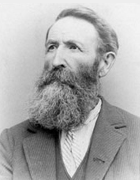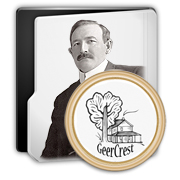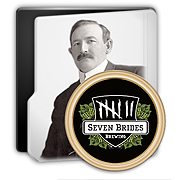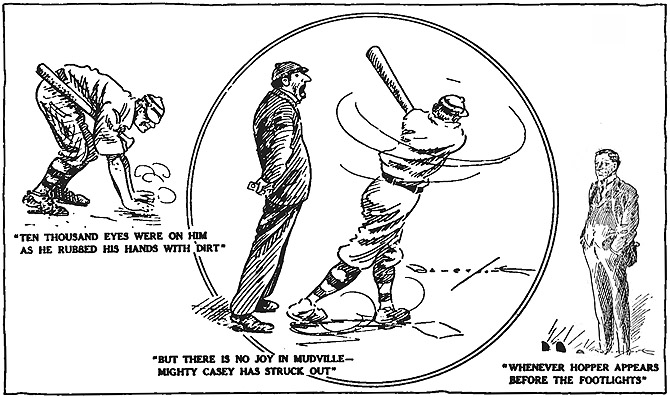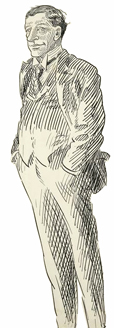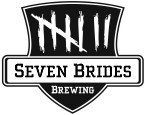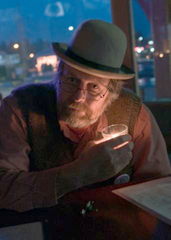On Saturday, August 5, 2023, The Davenport Project in partnership with the Silver Falls Public Library and the Homer Davenport Days festival, will reprise our annual presentation on the life and times of political cartoonist Homer C. Davenport, late of Silverton. There will be two showings: 12:30 p.m. and again at 3:30 p.m.
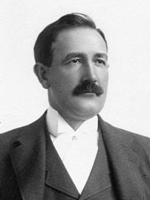
In the decade of the 1890s, just before the dawn of a new century, American society was going through a transition; from horses and trains to automobiles and airplanes. Change was everywhere. Through it all, Oregon-born cartoonist Homer Davenport was there, wielding his pen to spray a steady stream of caustic caricatures onto the notables and notorious of the global political scene.
Homer Davenport (1867-1912) was Oregon’s first media super-star. Born in Silverton, Oregon, into the pioneer Davenport and Geer families, he became a world traveler and developed a second career of breeding Arabian horses. His life is a story of fame, political influence, family connections, artistic creativity, and discovery. Yet, few outside his hometown are even aware of the impact this self-described “country boy” had on society.
His unique rural Oregon upbringing, along with a supportive and nurturing home life, equipped Davenport with the intellectual tools and the artistic skills needed to hit the ground running, in spite of—some would say because of—a lack of formal training. He arrived on the scene during a perfect storm of technology and public sentiment. One New York State Senator even sponsored a bill to outlaw political cartoons, because of the influence of Davenport’s work.
For this presentation, Davenport historian Gus Frederick will present a visual overview of Davenport’s art, life and times. With emphasis on the enabling reprographics technology of the era, as well as a snap-shot of Davenport’s contemporaries, Frederick will show graphically how the turn of the Twentieth Century was the golden age of the cartoonist and graphic illustrator. And how a small-town Oregonian occupied a major role. Also included will be an update on recently acquired original Davenport cartoons, and of course Silverton’s annual Homage to its favorite son, the Homer Davenport Community Festival.
Frederick is the creator of The Annotated Cartoons by Davenport, an annotated edition of Davenport’s 1898 collection of cartoons, as well as Silverton from Arcadia Publishing’s Images of America series. He also compiled the extensive social commentary of The Collected Works of T.W. Davenport, comprising Homer’s Oregon pioneer politician father’s writings from the Oregon Historical Quarterly. Most recently, he created an annotated edition of Davenport’s second cartoon collection, The Dollar or the Man, published in 1900. Copies of all four books will be available for purchase. Additionally, he is continuing work on a video documentary of Davenport’s life and times.
The Silver Falls Public Library is located at 410 South Water Street, in Silverton. Doors open at 12:00 p.m. with the presentation starting shortly after. Free and all ages are welcome!
